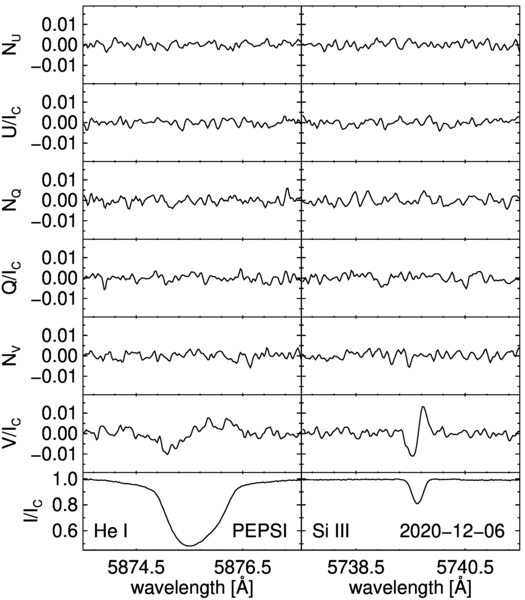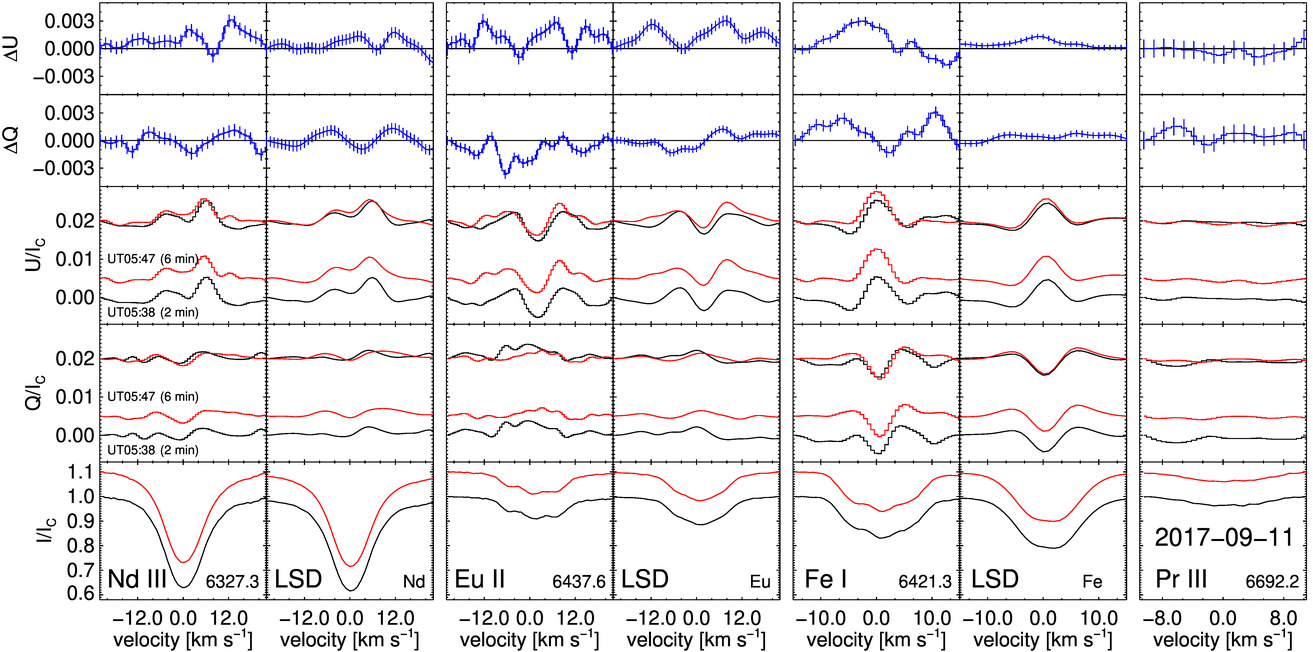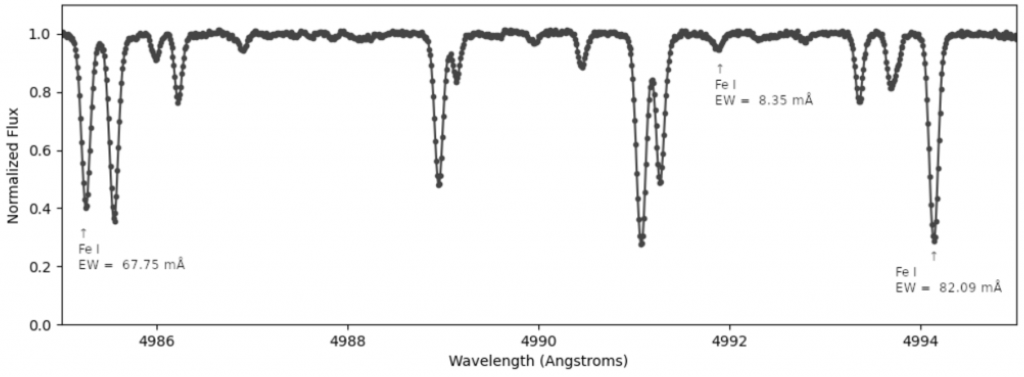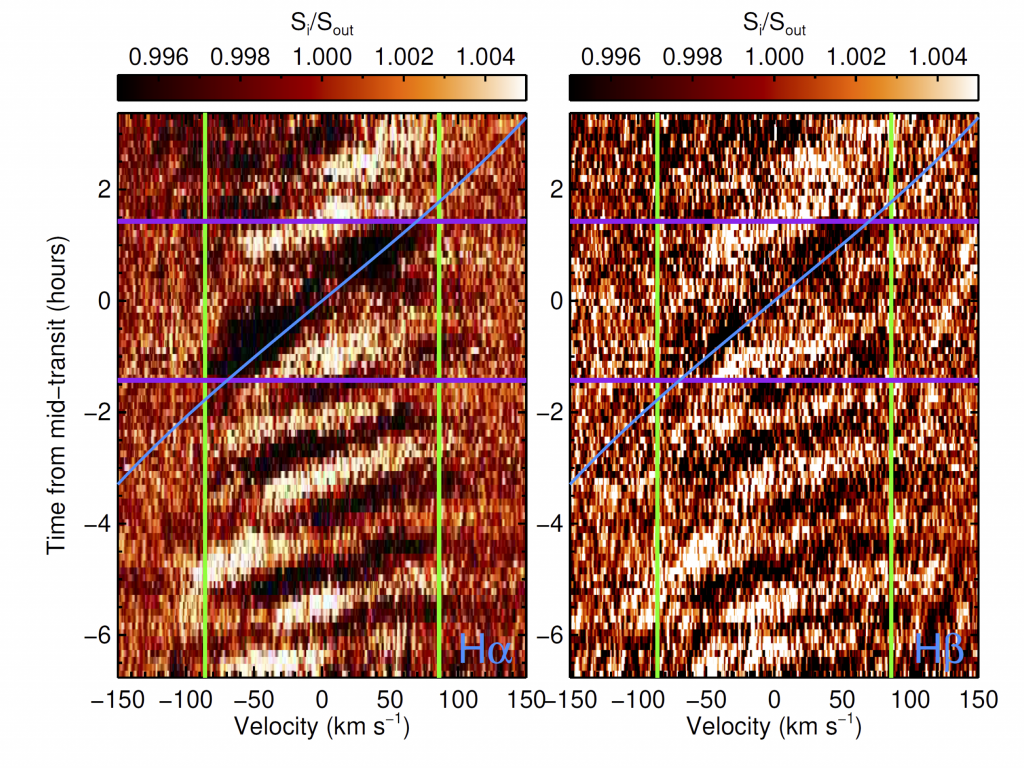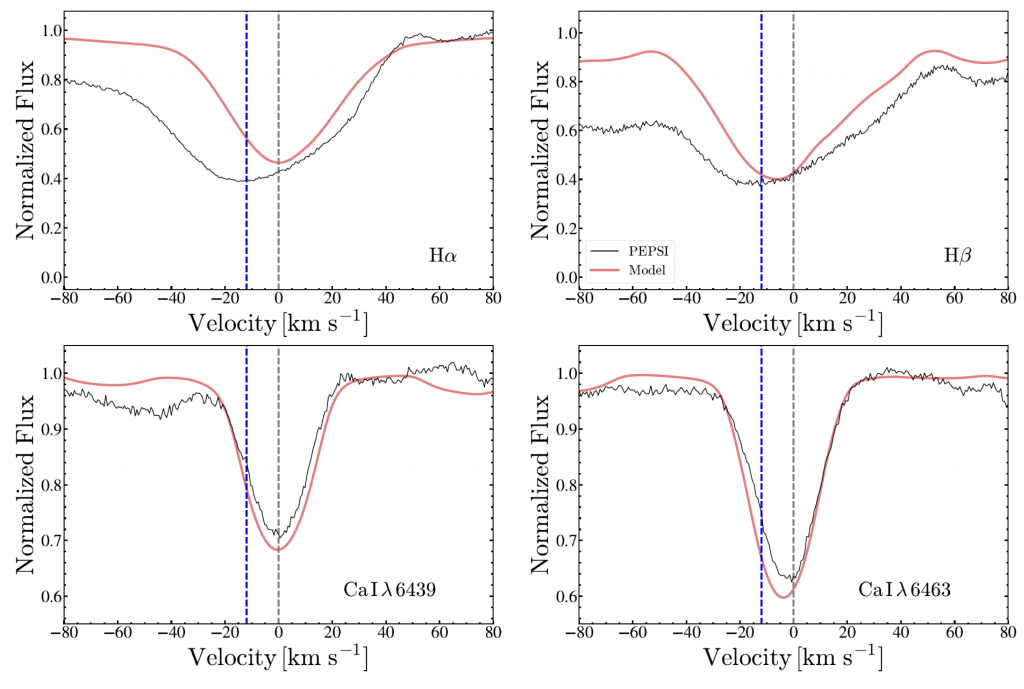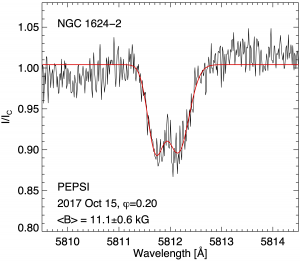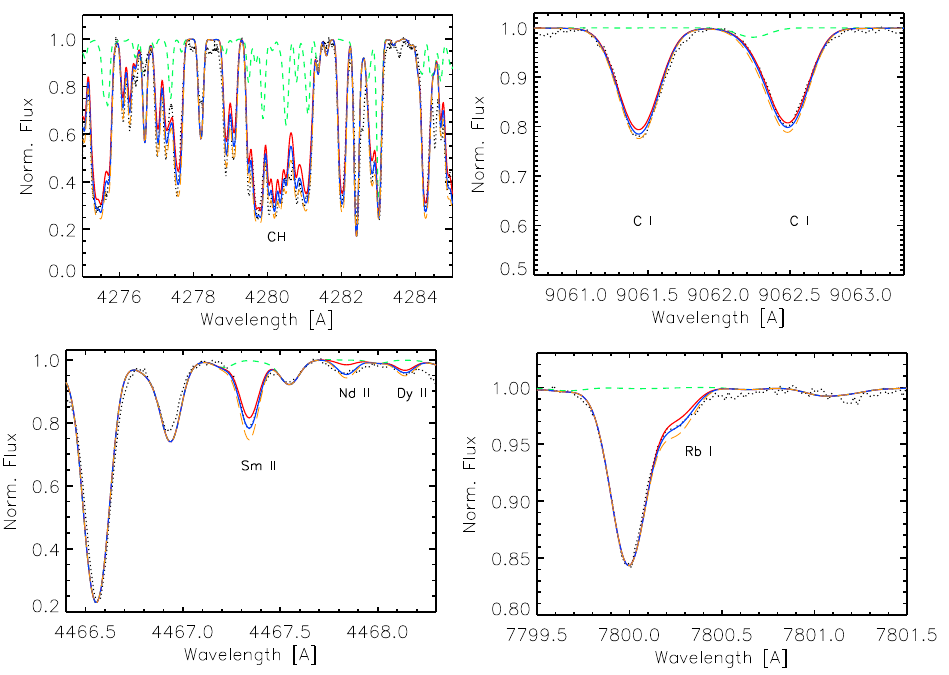Transiting hot Jupiters present a unique opportunity to measure absolute planetary masses due to the magnitude of their radial velocity signals and known orbital inclination. Measuring planet mass is critical to understanding atmospheric dynamics and escape under extreme stellar irradiation. Here we present the ultrahot Jupiter system KELT-9 as a double-lined spectroscopic binary. This allows us to directly and empirically constrain the mass of the star and its planetary companion without reference to any theoretical stellar evolutionary models or empirical stellar scaling relations. Using data from the PEPSI, HARPS-N, and TRES spectrographs across multiple epochs, we apply least-squares deconvolution to measure out-of-transit stellar radial velocities. With the PEPSI and HARPS-N data sets, we measure in-transit planet radial velocities using transmission spectroscopy. By fitting the circular orbital solution that captures these Keplerian motions, we recover a planetary dynamical mass of 2.17 ± 0.56 MJ and stellar dynamical mass of 2.11 ± 0.78 M⊙, both of which agree with the discovery paper. Furthermore, we argue that this system, as well as systems like it, are highly overconstrained, providing multiple independent avenues for empirically cross-validating model-independent solutions to the system parameters. We also discuss the implications of this revised mass for studies of atmospheric escape.
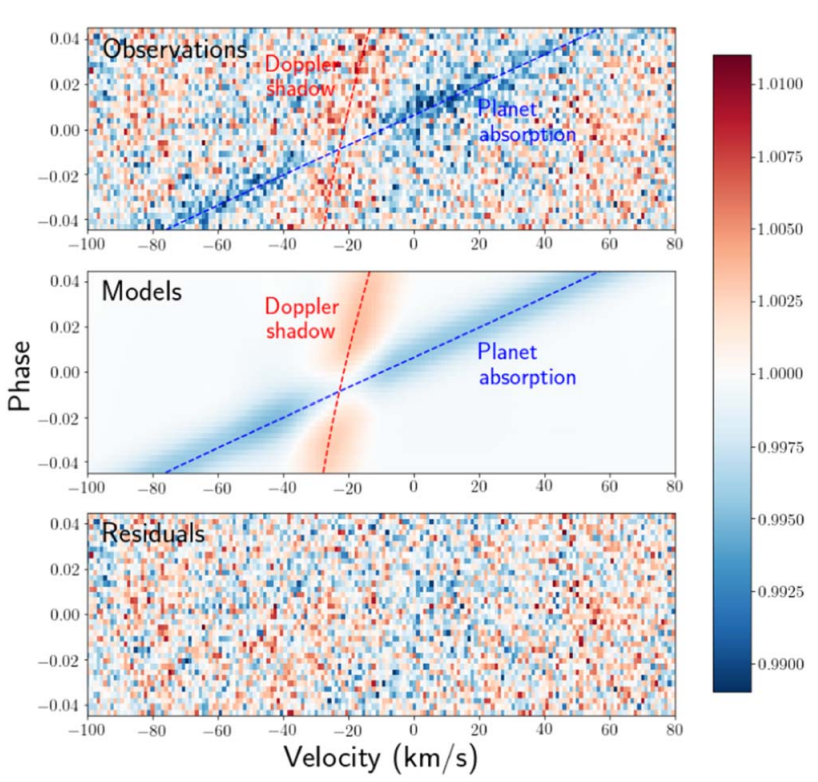
Read more: Pai Asnodkar et al. 2022, AJ, 163, 40P

